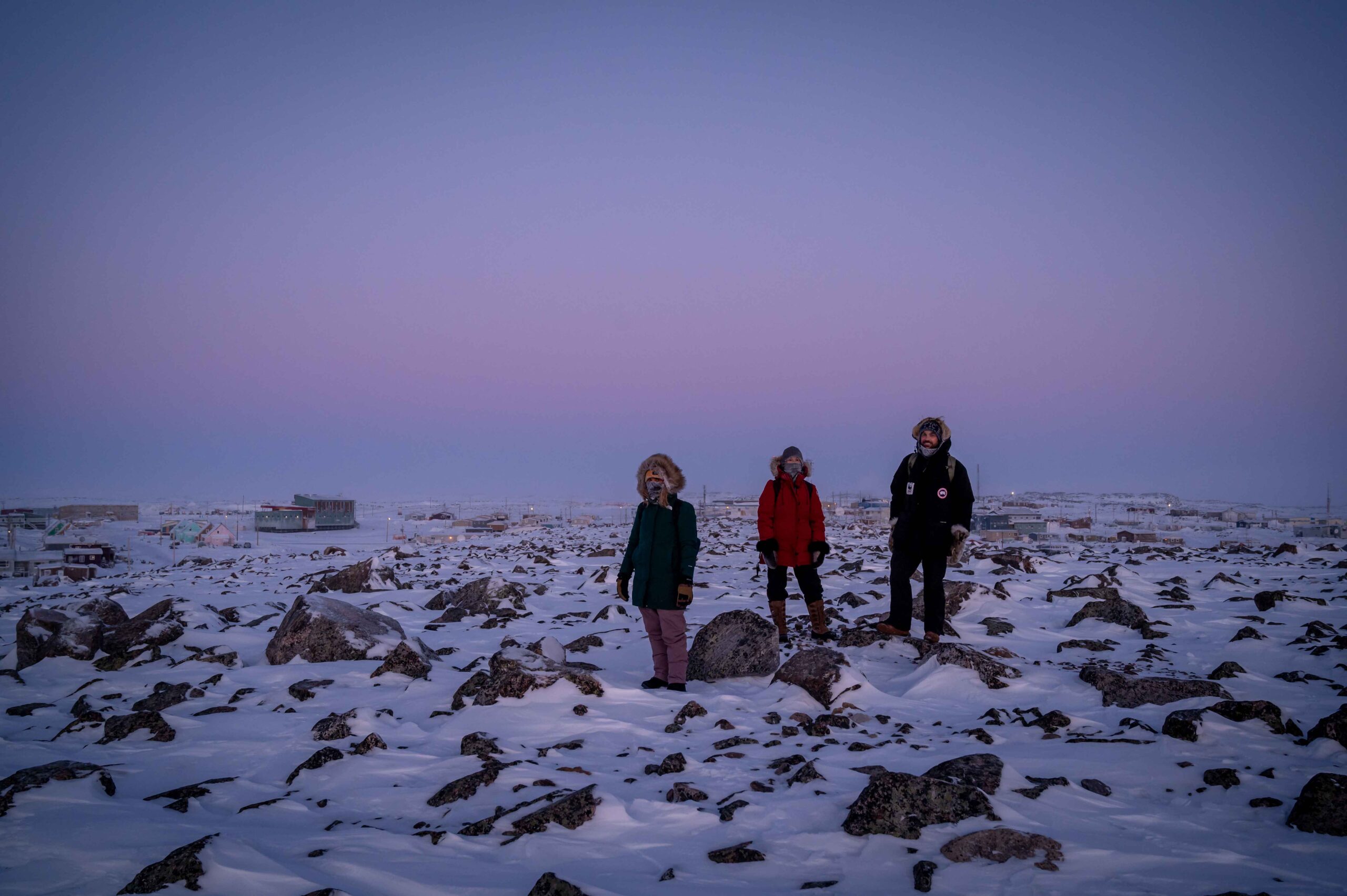‘They’re the experts’: Field notes from community visits in Nunavut’s Kitikmeot region
By Erica Guth, Specialist, Arctic Conservation; and Emina Ida, Associate Specialist, Arctic Resilient Habitats
Our WWF-Canada team arrive in Gjoa Haven, Nunavut — the first of three stops which will also include Kugaaruk and Taloyoak, all among the most northern and remote communities in Canada — in the dark of Arctic winter.
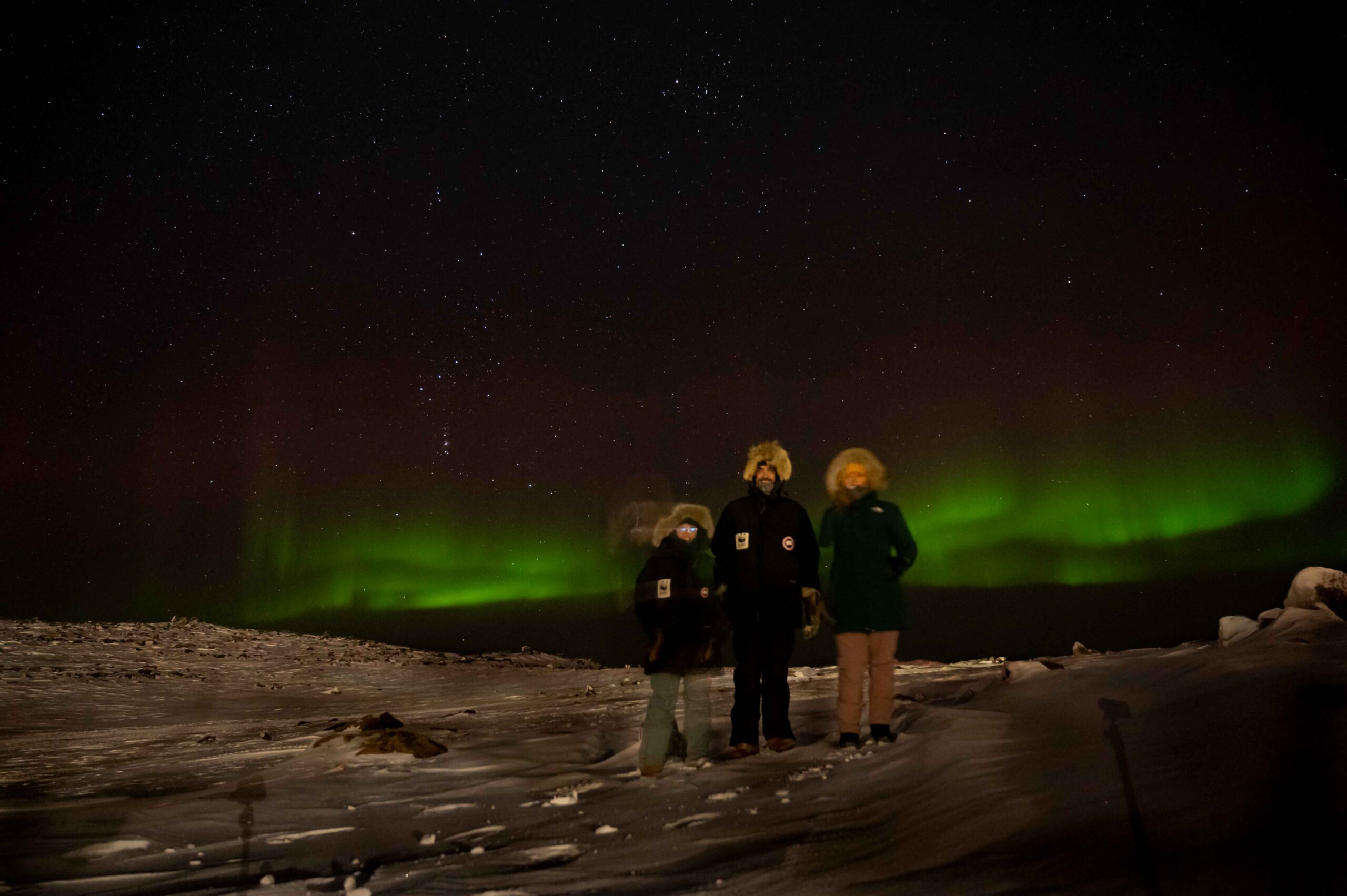
Daylight this time of year is a few short hours, and when it does arrive, the sun breaches the horizon for a scant thirty minutes. With no trees to block the sharp wind, temperatures feel well below -50°C. Locals greet us with warm smiles slightly hidden behind fur-lined parkas.
After settling in, and then waiting for a blizzard whiteout to blow past, we finally get a glimpse of the landscape surrounding this small hamlet of 1,300 or so people, the only settlement on the sprawling, 13,000-square-kilometre King William Island.
The rolling hills are blanketed in snow and speckled with black rocks while vast sea ice extends as far as the eye can see. The sky is streaked with pastel blue, purple, orange and pink, adding bright colours to the white landscape even before the ethereal Aurora Borealis lights emerge amid the stars at night.
And while we didn’t see any of the Arctic’s iconic but well-camouflaged wildlife on this trip, the region is home to caribou, polar bear, narwhal, beluga and bowhead whales.
Nunavut simply boasts some of the most beautiful nature in the world — and we’re here to support the Nunavummiut who are working hard to conserve it.
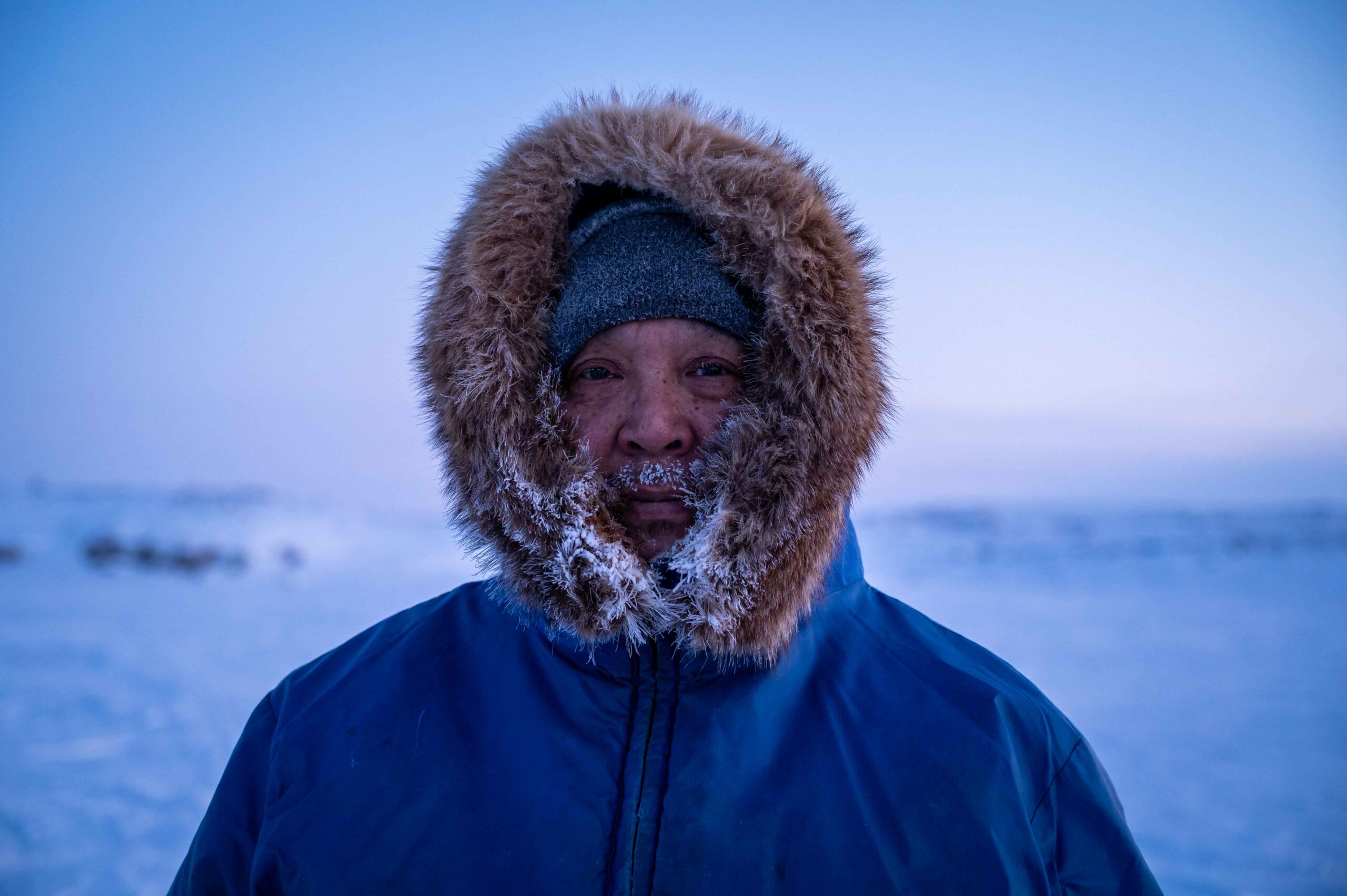
***
This past January, four of WWF-Canada’s Arctic specialists went to reconnect with our conservation partners in the northwestern Kitikmeot region of Nunavut. In Gjoa Haven and Kugaaruk, we were also joined by community partners, Jimmy Ullikatalik and Lena Neeveacheak, from Taloyoak’s Spence Bay Hunters and Trappers Association.
The goal was to discuss the progress toward Taloyoak’s Aqviqtuuq Inuit Protected and Conserved Area (read more about IPCAs here) and how to advance their own local conservation priorities, such as protecting country food species, land use and knowledge sharing across communities.

This meeting was met with great support from the Gjoa Haven and Kugaaruk HTAs, with members expressing an interest to pursue similar projects in their respective geographic areas. A collaborative regional effort between the three communities can have impactful benefits for the wildlife and the people who rely on them. Strengthening these ties was one of the trip’s primary goals, and we’re looking forward to supporting more cross-community knowledge exchanges as our projects in the region develop.
For our final stop back in Taloyoak, we were joined by our partners from ArctiConnexion to meet with the Spence Bay HTA’s Board and members of the Guardians. The latter stewardship team received federal funding last year from the marine and coastline stewardship program to expand their land-based program to include ocean and freshwater oversight. (To help the Spence Bay HTA’s projects see success, WWF-Canada and ArctiConnexion provide support such as administration, day-to-day operations, training, strategic advice and amplifying their voices through media.
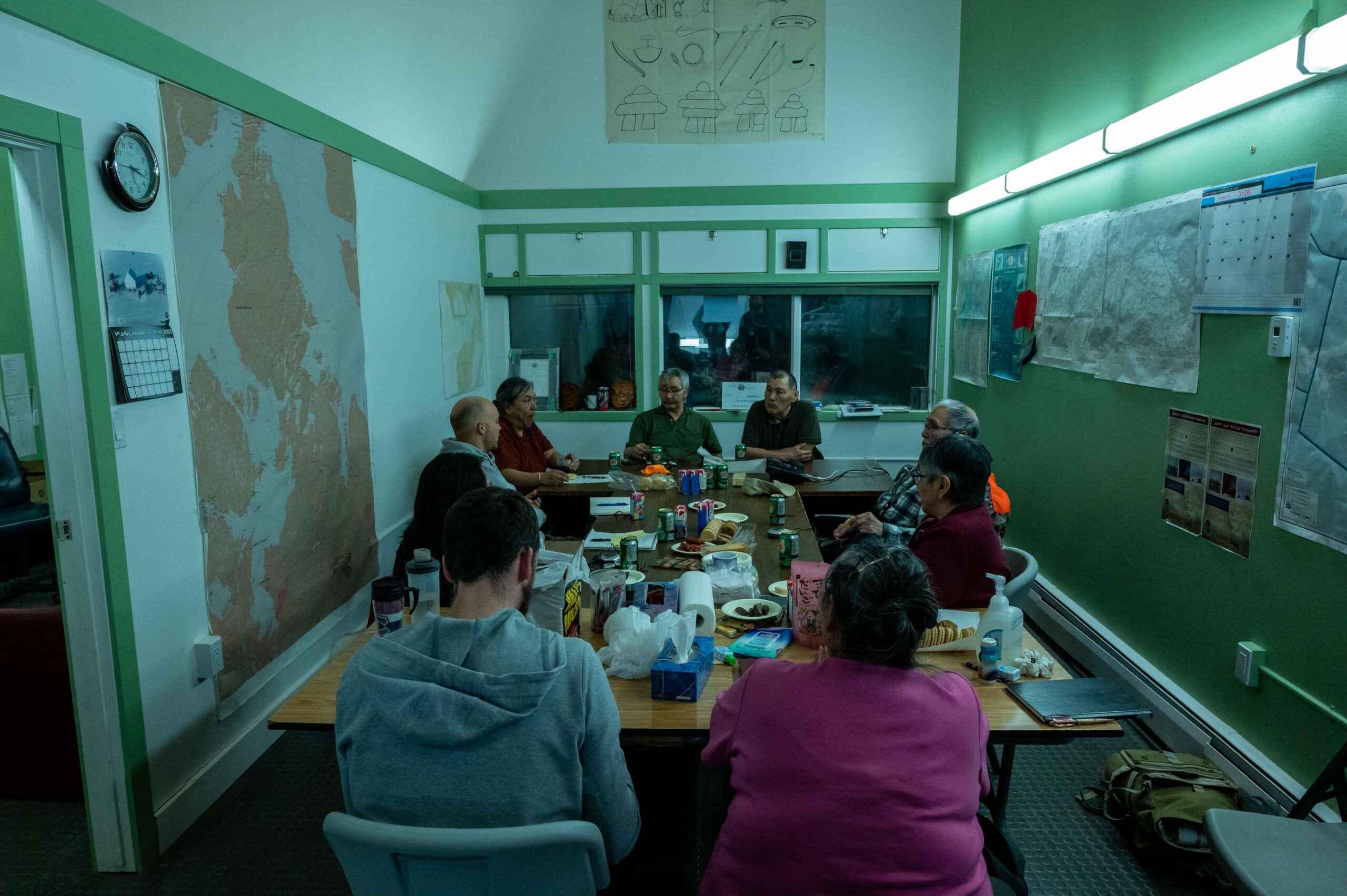
This was a chance for the entire team to work face-to-face and discuss strategies moving forward for both the Aqviqtuuq and Niqihaqut projects, the latter of which is an Arctic Inspiration Prize-winning food sovereignty initiative intended to form the eventual IPCA’s wildlife management plan.
We enjoyed productive conversations, not to mention some intermittent jesting, that reinforced the relationships and trust between all the partners behind these Inuit-led initiatives.
We were also joined by our contractors from the Smart Prosperity Institute to conduct interviews with HTA board members, Guardians and community leaders. The goal was to gain insight into what’s been working well so far with the Aqviqtuuq project and get their thoughts on how to further grow a conservation economy in Taloyoak and beyond.
Throughout the trip, spoke with community members to listen to their priorities, like food security and protection of their local environment. We were also fortunate enough to attend a drum dance in Gjoa Haven, visit the local school in Taloyoak and watch the children practice traditional activities like leg wrestling and throat singing, and were welcomed into peoples’ homes to share a meal of country food. We even met with local artists to learn about their craft and took a snowmobile trip to experience the frigid January conditions out on the land.
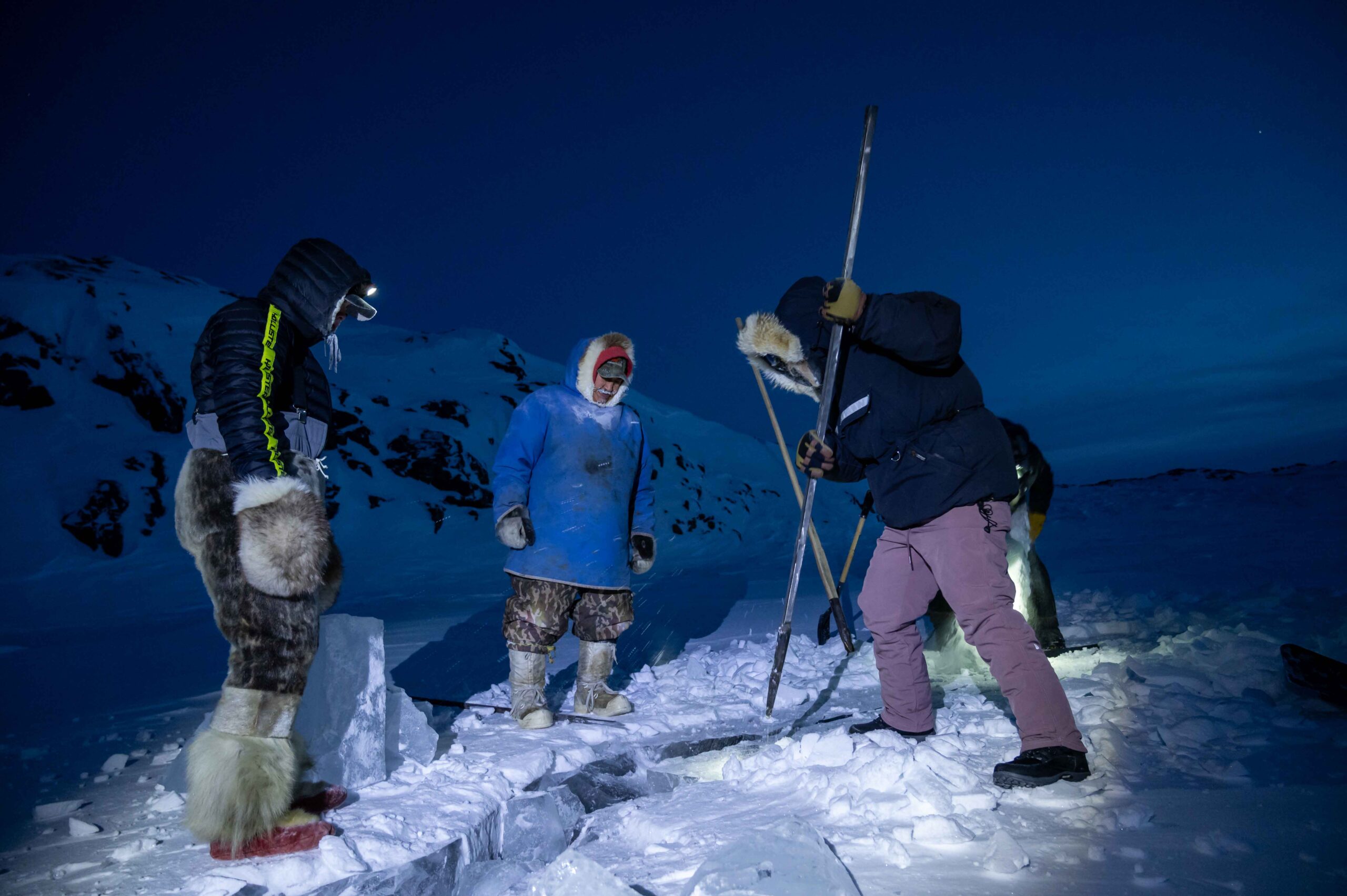
These experiences, as much as the official meetings, help us to better understand local priorities and what they’re looking to conserve and protect. While the two of us are new to this region, we’ve learned from senior staff who have been working here for a long time that, of course, Inuit know what‘s needed to protect their way of life.
They’re the experts. Our job is to help secure resources for communities to continue their conservation projects and bring visibility to their extraordinary efforts.
Trips like these are important for forging relationships and ensuring we are going in the right direction as well as motivating our team to work even harder for these communities. Hopefully, it won’t be long until we are back in the Kitikmeot region — we received an offer to be brought out fishing for Arctic char this summer in Taloyoak that we intend to see through.
